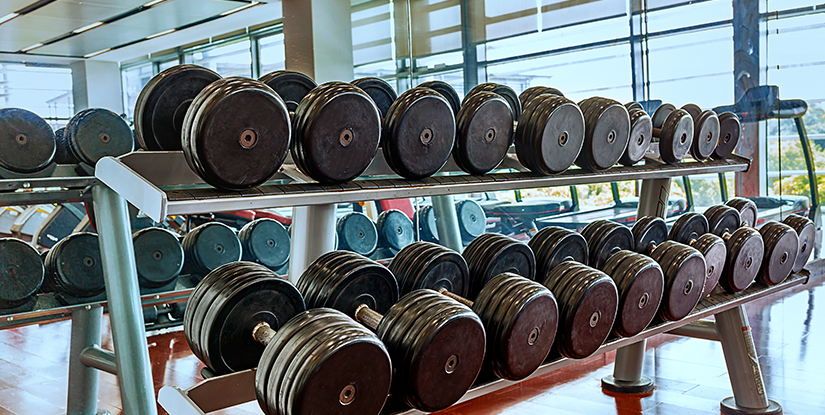Multi Function Power Rack: Comprehensive Guide for Buying, Setup, Programming, and Maintenance

Overview: Why a multi function power rack is essential for modern training
The multi function power rack has become the centerpiece of both home and commercial gyms because it integrates heavy barbell training, bodyweight movements, and accessory systems into a compact footprint. Typical commercial-grade racks are rated for 800–1,500 lbs (363–680 kg) of working load, with common dimensions around 48" wide by 72" deep by 84–92" tall (1.2m x 1.8m x 2.1–2.3m). Selecting a rack with a stable footprint, high-quality steel (11–3/4 to 7-gauge depending on manufacturer), and safety features is critical for long-term durability and member safety.
Real-world applications vary: personal trainers equip home gyms with a single rack and pull-up bar; CrossFit and functional training boxes use multiple racks with plate storage, landmine attachments, and dip stations; physical therapy clinics favor racks with adjustable safety pins for assisted eccentric training. Industry usage data indicates that introducing multifunctional strength equipment increases utilization across age groups — studies and operator reports commonly show 20–40% greater use of floor space when racks include multi-grip pull-up bars, band pegs, and accessory attachments.
When evaluating a multi function power rack, consider three core variables: structural strength (material and weld quality), modularity (attachment ecosystem), and ergonomics (J-cup placement, knurling accessibility, and height range). Practical selection also factors in ceiling height (allow 6–12 inches clearance for pull-ups and kipping), flooring (rubber gym tiles vs concrete), and traffic flow to avoid bottlenecks in high-utilization environments.
Key decision drivers for buyers include budget (home vs commercial grade), intended use case (powerlifting, Olympic lifting, conditioning), and membership profile (older adults require easier step-in clearance and band-assisted systems). For commercial operators, calculate equipment ROI: adding 2–4 versatile racks can support 30–120 members per hour of peak throughput, allowing diversified programming like strength circuits, supervised classes, and open gym sessions with minimal footprint expansion.
Key features, specs, and performance metrics
A robust multi function power rack will include the following measurable specs and features. First, load rating: check manufacturer-rated max load and factor in dynamic loads — for Olympic lifting, choose racks rated at least 1,000 lbs to account for bar bounce. Second, hole spacing: 1" or 2cm spacing along uprights provides fine adjustment for J-cups and safeties; smaller spacing ensures better customization for users of different heights. Third, attachment compatibility: verify compatibility for common add-ons (lat pulldown, landmine, monolift, safety straps, dip bars). Fourth, base anchoring and footprint: commercial installations benefit from bolt-down plates and crossmembers to prevent tipping under lateral loads.
Additional performance metrics include deflection under load (ask suppliers for deflection data at specific loads), rust-resistance finish (powder coating with epoxy primer), and warranty period (commercial warranties typically 3–10 years vs 1–2 years for home racks). For safety, look for enclosed safety arms or full-length safety straps, redundant safety pin systems, and easy visual markers for J-cup indexing. These tangible specs help match product selection to programming needs and safety protocols.

